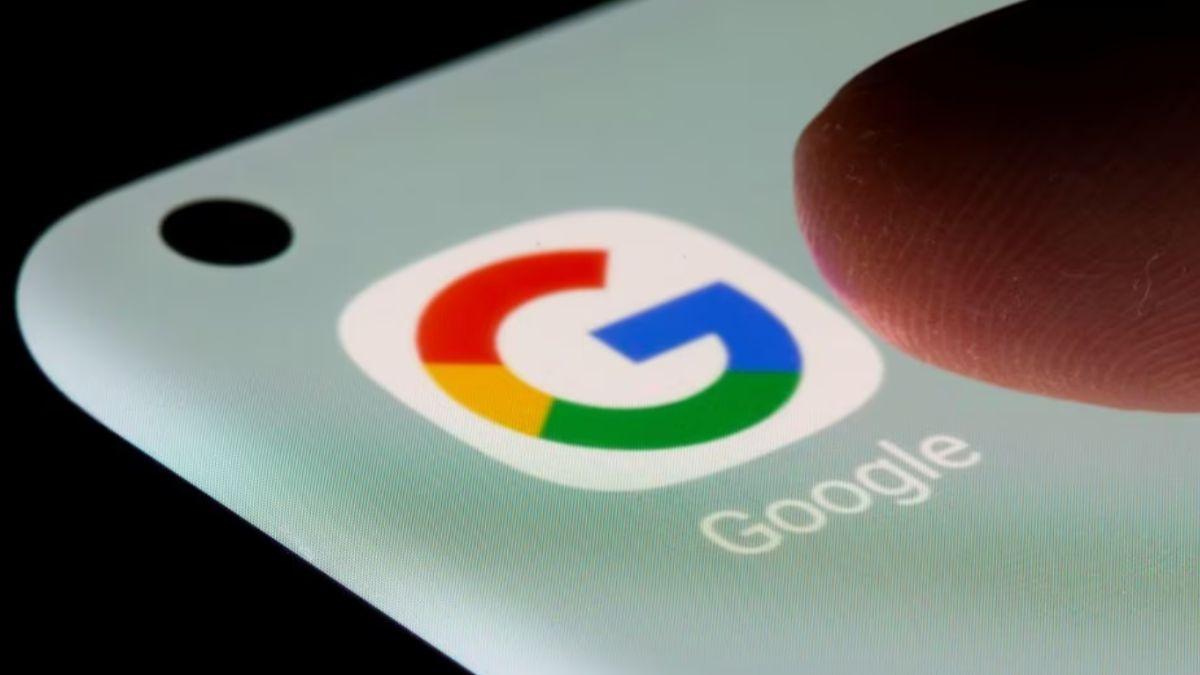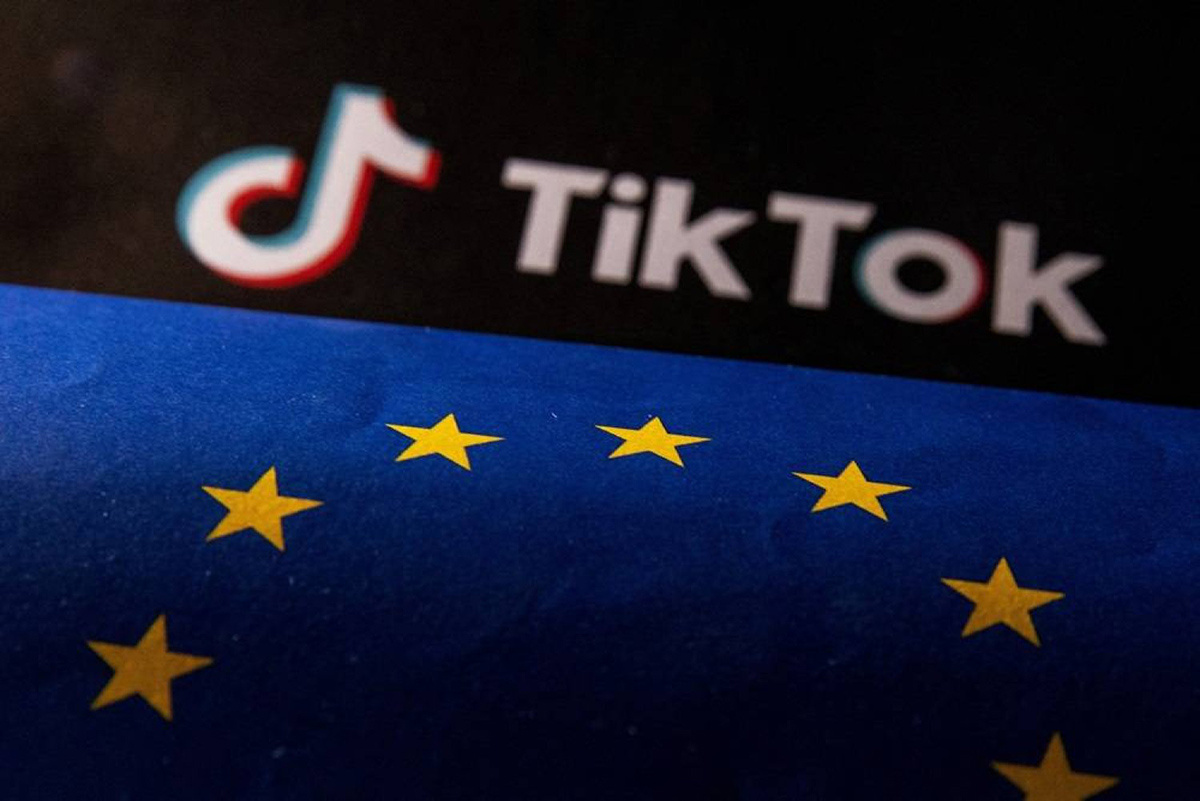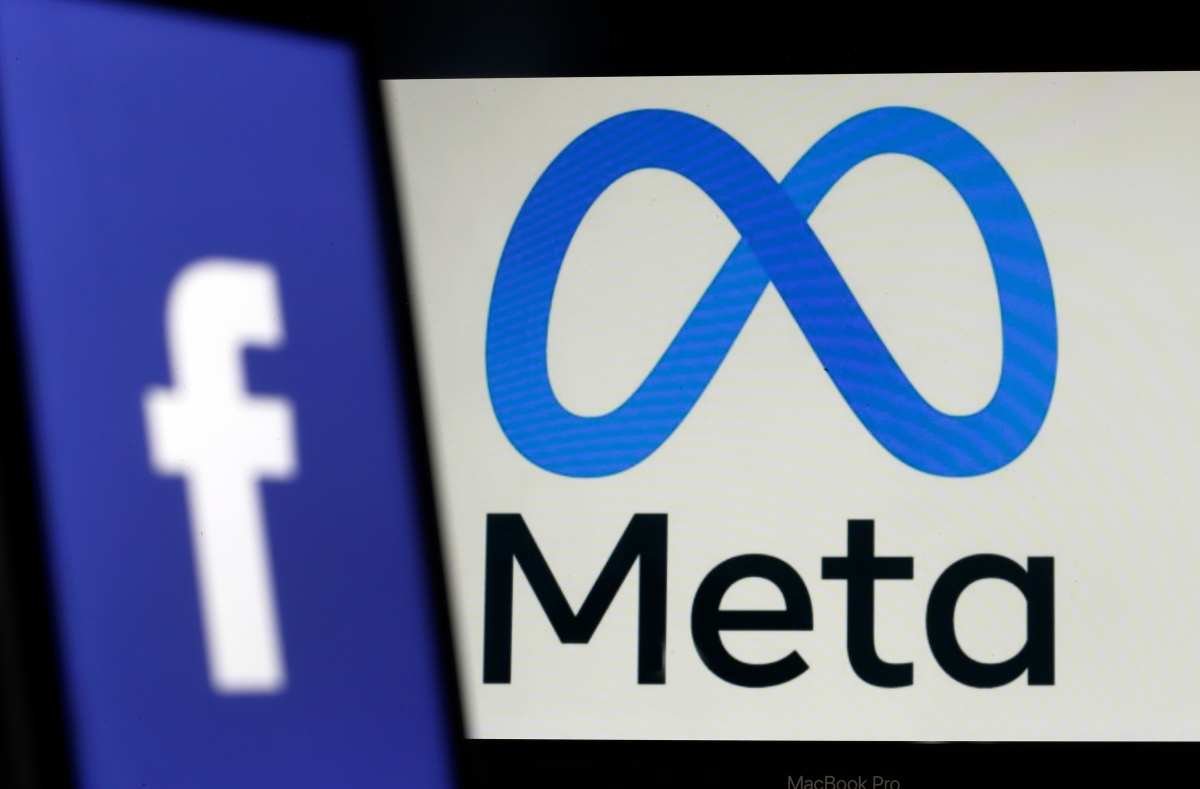Google has unveiled a new set of tools aimed at providing users with more contextual information about images and combating the spread of false information. The “About this image” features, which were first announced earlier this year, will now be available to all English language speakers globally.
Key Takeaway
Google has introduced new tools that provide users with more contextual information about images, enabling them to fact-check and debunk false claims.
Understanding Image Context
With these tools, Google users can now view an image’s history, metadata, and the context in which it has been used on different sites. This will allow users to determine the recency of the context in which the image was first seen by Google Search. Furthermore, users will be able to ascertain how people have described the image on other sites, thereby assisting in debunking false claims.
Metadata and AI-generated Images
In addition to the aforementioned features, Google has announced that users will also have access to metadata associated with images, including information indicating if an image was generated by artificial intelligence. Google also stated that it marks all images created by its AI. This move aligns with the industry’s efforts to label AI-generated images more clearly, as Adobe and other companies released a symbol in October for this purpose.
Accessing the Image Tools
The new image tools can be accessed by clicking the three-dot menu on Google Images results. Alternatively, users can click on the “more about this page” option within the “About this result” tool, accessible through the three-dot menu. Google has mentioned that it is exploring additional ways for users to access these tools, suggesting further developments in the future.
Fact-Checking and Image Verification
In a further effort to combat misinformation, Google announced that approved journalists and fact-checkers will be able to upload or copy URLs of images to utilize within their own tools through the FaceCheck Claim Search API. This enhancement builds upon Google’s Fact Check Explorer tool, which allows fact-checkers to explore fact-checks, references, and other details associated with a particular image.
Generative AI for Image Descriptions
As technology advances, platforms such as Adobe and Google are working on solutions to provide more information about images. Google has revealed that it is experimenting with generative AI to describe the sources of unfamiliar sellers or blogs. Users who have opted-in to use the Search Generative experience (SGE) will receive AI-generated information about sites in the “more about this page section.” This information will include citations of the page or site on other reputable websites, enriching the user experience.
In conclusion, Google’s introduction of these image fact-checking tools demonstrates its commitment to combating misinformation and ensuring the provision of reliable information to its users. By enhancing image contextual understanding, providing metadata, and exploring generative AI, Google is empowering users to make informed decisions and verify the authenticity of images.

























